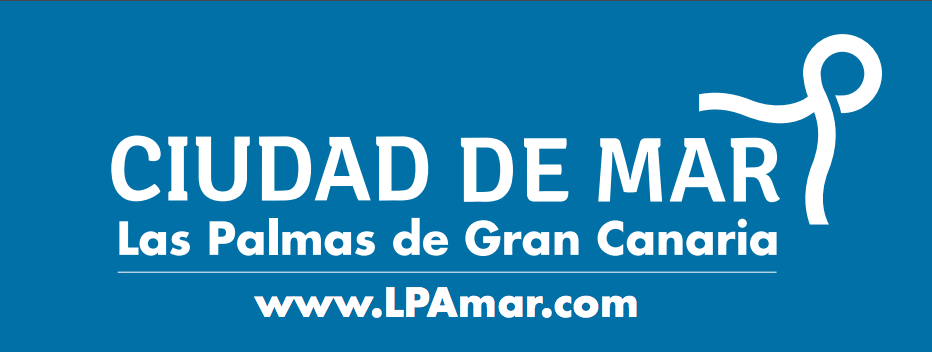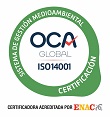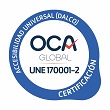Un recorrido histórico por la pesca artesanal y la Vela Latina arranca la programación Sabor a Mar en el Barrio Marinero de San Cristóbal
A historical tour through artisanal fishing and the Sailing of the Lives of the Sabor a Mar Program in the Sailor Neighborhood of San Cristóbal
- 6/18/18 10:30 AM
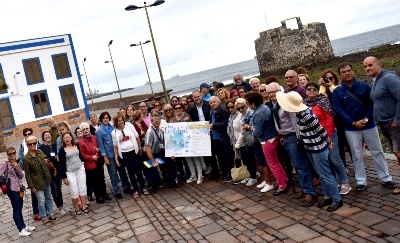
The City of Mar Council of the City of Las Palmas de Gran Canaria organized this Saturday, June 16 as part of the program for a summer of leisure, sports, urban art and culture, a historical tour of the San Cristóbal fishing district. The history of San Cristóbal, the Vela Latina Canaria and fishing has been the title of this talk tour that departed from the area of the Tower of San Pedro Mártir (Castillo de San Cristóbal) in the hands of the tenured professor of Modern History of the University of Las Palmas de Gran Canaria, German Santana Pérez.
The summer programming linked to the history, culture and seafood gastronomy is in the project 'San Cristóbal sabor a mar' with the organization of TribArte Cultural and Social Association. The walk through the history and the present of the Vela Latina Canaria and artisanal fishing gathered almost a hundred people interested in knowing that history that has marked the economy of the islands for years. The participants recalled the smell of sea, sebas and sardines.
José Eduardo Ramírez, Councilor from Ciudad de Mar, praised the high participation and numerous contributions made by some of the people who decided to attend this day and insisted that Las Palmas de Gran Canaria is a "city that lives whose character and social and cultural development he owes it to ma: This activity opens the offer for the summer, activities that we want to be part of the summer agenda of the entire city.
Knowing the role played by fishing in the city and the origin of the Vela Latina on the edge of this capital district, the type of boats, the crews, the participation of women were some of the aspects treated during the trip. Likewise it was possible to know first hand the types of arts used in traditional fishing thanks to the contribution of the Cooperativa de Pescadores, in charge of explaining each of the fishing gears used in the catches. Likewise, other of the topics analyzed were the fishing areas, the passage from the artisan state to the factory, with the collaboration of the public, who contributed their own knowledge and experiences during a journey that lasted more than two hours.
Ramírez was very satisfied "because we have tripled almost the number of people we expected to participate in this activity, which shows the interest generated by knowing our history. This leads us to continue working in this line and offer more activities that make citizens aware of our city, this emblematic fishing district, taking care of our surroundings and offering this cultural heritage component ".
For his part, Professor Santana explained the direct relationship of the sea not only in the neighborhood, but throughout the city and the Canary Islands, and claimed the importance "of knowing our identity in a fishing district where the first brotherhood was also created of fishermen, the first regatta of Vela Latina, recover and recognize all those place-names we use in our language related to the sea ". '
The professor also recalled the need to regain fishing as a motor economic activity for the islands and the courage of the first fishermen, "many of them who, without knowing how to swim, went to the dark sea without the resources of today, in very small boats spending months in them and away from their families. "
Regarding the activity, coinciding with the opinion of the councilor, he assured that "we must value the high turnout and contribution with the talk of older people, especially neighbors and fishermen from the neighborhood of San Cristóbal, who provided their memory to the Construction of Fisheries History It is important the contribution of Mr. Saavedra, of the fishermen's cooperative that showed different fishing gears.In the course, in addition to the economic and social weight of fishing in the Canary Islands, the value of learning among the younger and the need to recover part of the old splendor of this productive activity ".
El profesor además recordó la necesidad de volver a recuperar la pesca como actividad económica motor para las islas y la valentía de los primeros pescadores, “muchos de ellos que sin saber nadar se hacían a la mar tenebrosa sin los recursos de hoy en día, en embarcaciones muy pequeñas pasando meses en ellas y lejos de sus familias”.
Con respecto a la actividad, coincidiendo con la opinión del concejal, segura que " hay que valorar la alta participaciónón y la contribuciónón con la charla de personas mayores, sobre todo de vecinos y pescadores del barrio de San Cristóbal , que proporcionaron su memoria a la construcciónón de la Historia pesquera. Es importante la contribuciónón del señor Saavedra, de la cooperativa de pescadores que mostróó diversas artes de pesca. En el recorrido, además del peso económico y social de la pesca en Canarias, se habló del valor del aprendizaje entre los más jóvenes y de la necesidad de recuperar parte del antiguo esplendor de esta actividad productiva".
